Kamasutra means “Treatise on Pleasure.” It is the oldest surviving text on eroticism. The Kamasutra was written in India in the early 3rd century AD. There is no reliable information available about the author save his name, Mallanaga Vatsyayana.
The Kamasutra is composed of 36 chapters divided into 7 books. Most of the text constitutes an in-depth description of what were then widespread customs in male/female relationships. Only one part of the work is dedicated to actual sexual practice.
The Kamasutra addresses licit and illicit love affairs, seduction strategies, different kinds of caresses, erotic positions that are recommended or worth avoiding and more. In no other culture has sexuality been described in such an in-depth manner.
The Kamasutra considered sexual intercourse a divine union.
In Hinduism, sexual pleasure is thought to be a gift from God. Pleasure is considered one of the main reasons man was put on earth. In Hinduist mythology Kama, the God of Love, created the whole Universe.
Vatsyayana illustrates 8 ways to make love. Each way includes, in turn, eight different positions for a total of 64 sexual positions, called the 64 arts. The author distinguishes men by the size of their penises and women by the depth of their vaginas. Then he suggests the best techniques to use during sexual intercourse. Every single phase of the sexual act, from salutations to parting ways, is investigated in detail. Kamasutra advises readers on how to kiss, caress, bite and penetrate, taking particular care to keep individual tastes from prevailing.
The Kamasutra provides detailed descriptions of how to use fingernails on a lover's body. A light scratch on the skin, for example, should “sound” as though the two lovers were musical instruments. More vigorous scratches are meant to leave a mark that will serve as a reminder of the pleasure enjoyed.
The book also deals with romance. After sexual intercourse, women are encouraged to sit on her partner’s lap. In this position, the lovers can gaze at the moon and admire the stars together.
The Kamasutra was not known in the West for centuries. It was first published in English only in 1883, thanks to the efforts of British diplomat Sir Richard Francis Burton.
Over the course of the 20th century the Kamasutra has inspired movies, books and art. The Kamasutra continues to be an important resource for those who wish to know more about ancient Indian society, sexuality, or both.
The Kamasutra is composed of 36 chapters divided into 7 books. Most of the text constitutes an in-depth description of what were then widespread customs in male/female relationships. Only one part of the work is dedicated to actual sexual practice.
The Kamasutra addresses licit and illicit love affairs, seduction strategies, different kinds of caresses, erotic positions that are recommended or worth avoiding and more. In no other culture has sexuality been described in such an in-depth manner.
The Kamasutra considered sexual intercourse a divine union.
In Hinduism, sexual pleasure is thought to be a gift from God. Pleasure is considered one of the main reasons man was put on earth. In Hinduist mythology Kama, the God of Love, created the whole Universe.
Vatsyayana illustrates 8 ways to make love. Each way includes, in turn, eight different positions for a total of 64 sexual positions, called the 64 arts. The author distinguishes men by the size of their penises and women by the depth of their vaginas. Then he suggests the best techniques to use during sexual intercourse. Every single phase of the sexual act, from salutations to parting ways, is investigated in detail. Kamasutra advises readers on how to kiss, caress, bite and penetrate, taking particular care to keep individual tastes from prevailing.
The Kamasutra provides detailed descriptions of how to use fingernails on a lover's body. A light scratch on the skin, for example, should “sound” as though the two lovers were musical instruments. More vigorous scratches are meant to leave a mark that will serve as a reminder of the pleasure enjoyed.
The book also deals with romance. After sexual intercourse, women are encouraged to sit on her partner’s lap. In this position, the lovers can gaze at the moon and admire the stars together.
The Kamasutra was not known in the West for centuries. It was first published in English only in 1883, thanks to the efforts of British diplomat Sir Richard Francis Burton.
Over the course of the 20th century the Kamasutra has inspired movies, books and art. The Kamasutra continues to be an important resource for those who wish to know more about ancient Indian society, sexuality, or both.
RELATED
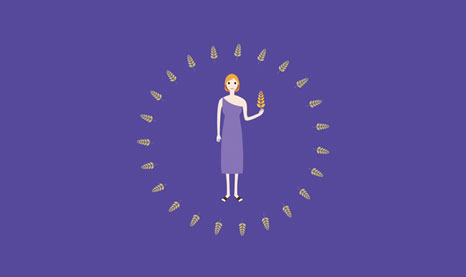

VIRGO
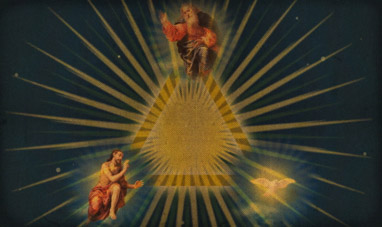

CHRISTIANITY
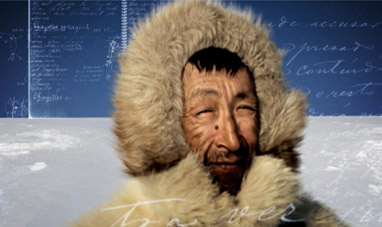

ESKIMOS
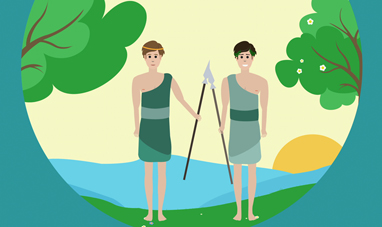

GEMINI


MINE HOSTESS


BLUES


THE ODYSSEY


THE FEMALE REPRODUCTIVE SYSTEM
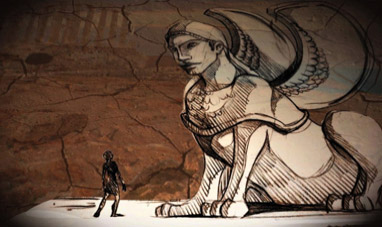

OEDIPUS


ANNA KARENINA
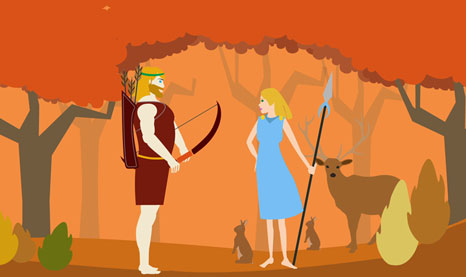

SCORPIO


MORMONS


HIP HOP
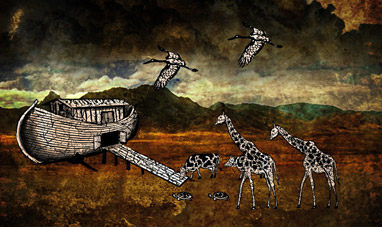

THE GREAT FLOOD


ARIES
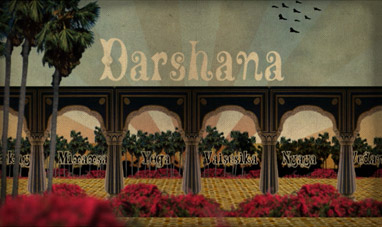

HINDUISM
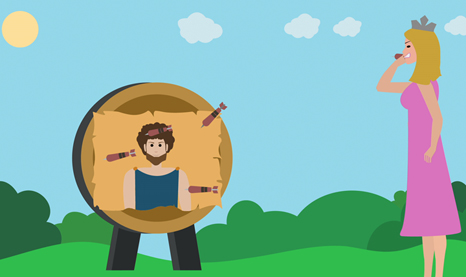

CANCER
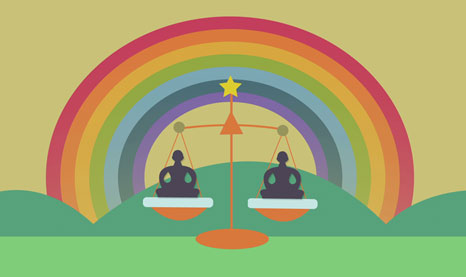

LIBRA
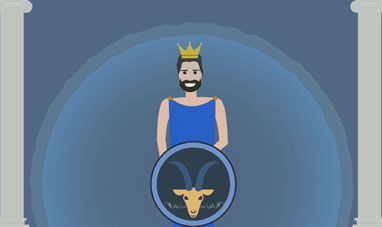

CAPRICORN
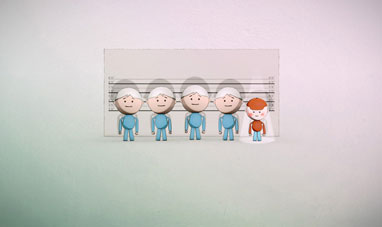

ONLINE PORNOGRAPHY


AQUARIUS
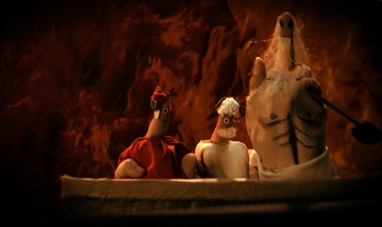

DIVINE COMEDY, INFERNO
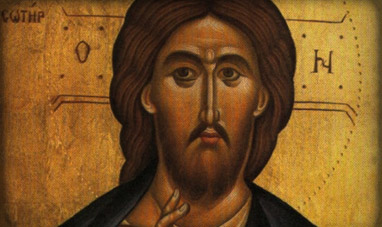

EASTERN ORTHODOX CHRISTIANITY
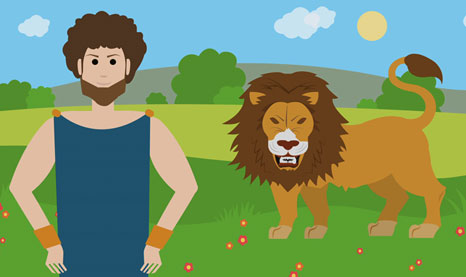

LEO
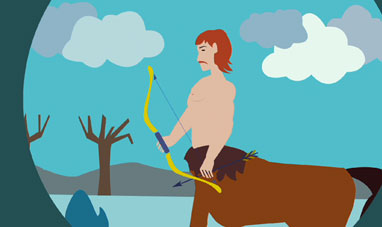

SAGITTARIUS


THE GEISHA


SANTA CLAUS


EGYPTIAN MYTHOLOGY


THE ILIAD
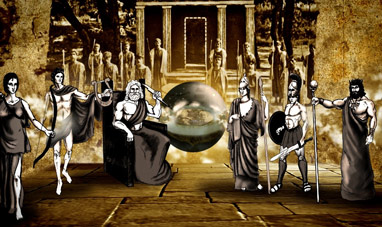

GREEK MYTHOLOGY


PISCES


SHINTO


ELECTRONIC MUSIC


THE CELTIC HOROSCOPE


REGGAE


ROCK
